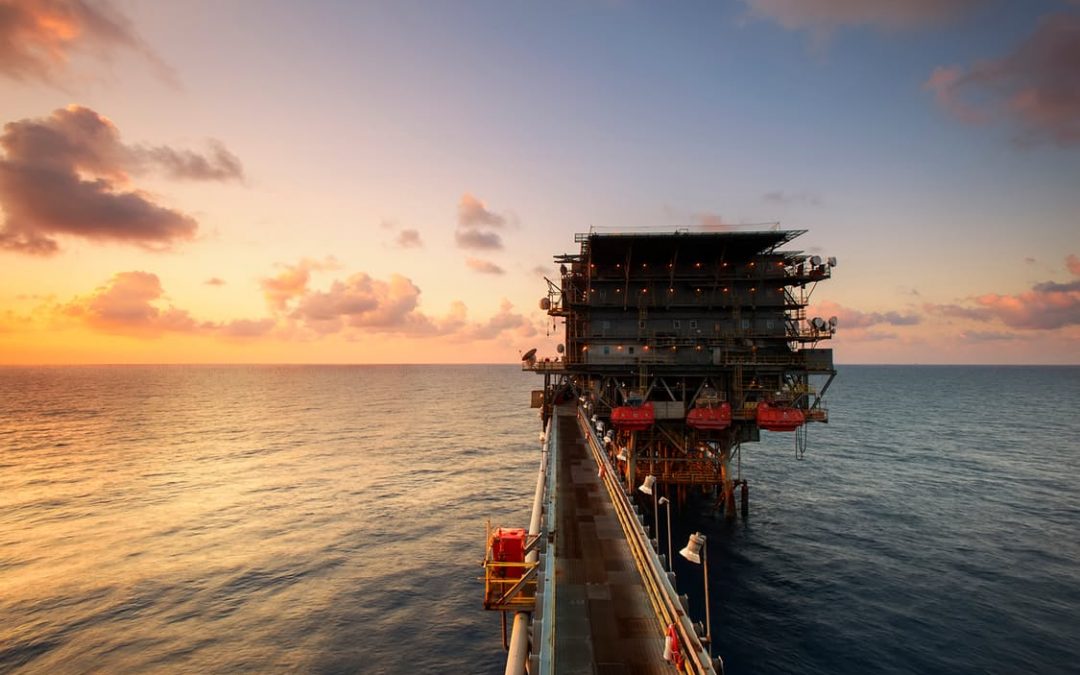An oil spill occurs when crude oil is released into a body of water. The oil can be released from an oil tanker, an underwater pipeline, a refinery, a storage facility or an offshore oil-drilling rig. Oil spills can have an extremely damaging effect on the environment – ecosystems, people, and wildlife, -which is why they need to be prevented or contained and cleaned up as quickly as possible.
While spills can be extremely harmful, there are a number of ways to minimize the damage. A major priority of federal, state, and local governments is oil spill prevention, as well as preparing for and quickly responding to oil spills that occur in or near inland or coastal waters, or at sea.
Since oil floats and forms a millimeter-thick layer on the surface of the water, it’s important to control and clean the spill as fast as possible, because it can spread quickly from the source and coat a large surface area. Technology is constantly advancing to find different ways to contain and clean crude oil. Here are a few methods that are often used to clean up oil spills:
1) Break down the oil with a dispersant.
If you want to speed up the natural degradation of the oil, you can add a chemical dispersant to the affected body of water. These dispersants break the slick into droplets of oil, thus facilitating the mixing of the water and the oil. The slick can then be absorbed into the aquatic system, but not all oil spills are amenable to dispersants. Dispersants should not be used if their use runs the risk of significantly affecting marine organisms. Dispersant chemicals and broken-down oil can be absorbed by marine life. This marine life includes sub-tidal organisms that can enter the food chain, including the human food chain, and have not only an environmental effect, but a direct effect on human health.
2) Contain the spill with booms.
Solid or inflatable tubes called booms can be used to contain the spill. These booms are long and buoyant, and they are able to isolate an oil slick. These booms are attached to a skirt that hangs underwater. Skimmers are used to collect the oil from the surface of the water. This is done from the surface, where skimmers either scoop or suck the oil into containment tanks located on nearby vessels or on the shore. This method is difficult to do effectively on the high seas or in conditions of high winds.
3) Add biological agents to the spilled oil.
If you don’t want to add a chemical dispersant due to marine life or for any other reason, the next option is adding biological agents to the spill. When the oil has washed up along a shoreline, one way to break it down is through the process of biodegradation. This process occurs when bacteria and other micro-organisms break the oil down into substances such as carbon dioxide and fatty acids. This process can be sped up by clean-up crews who add fertilizing nutrients such as phosphorus and nitrogen to encourage the growth of micro-organisms.
4) Allow the oil to break down naturally.
If the oil does not run the risk of polluting coastal regions or marine life, there are some rare instances in which oil can be left to disperse naturally. Most oils can be dispersed and evaporated by the sun, wind, waves and currents. The lighter an oil is, the more rapidly it will respond to this approach.

